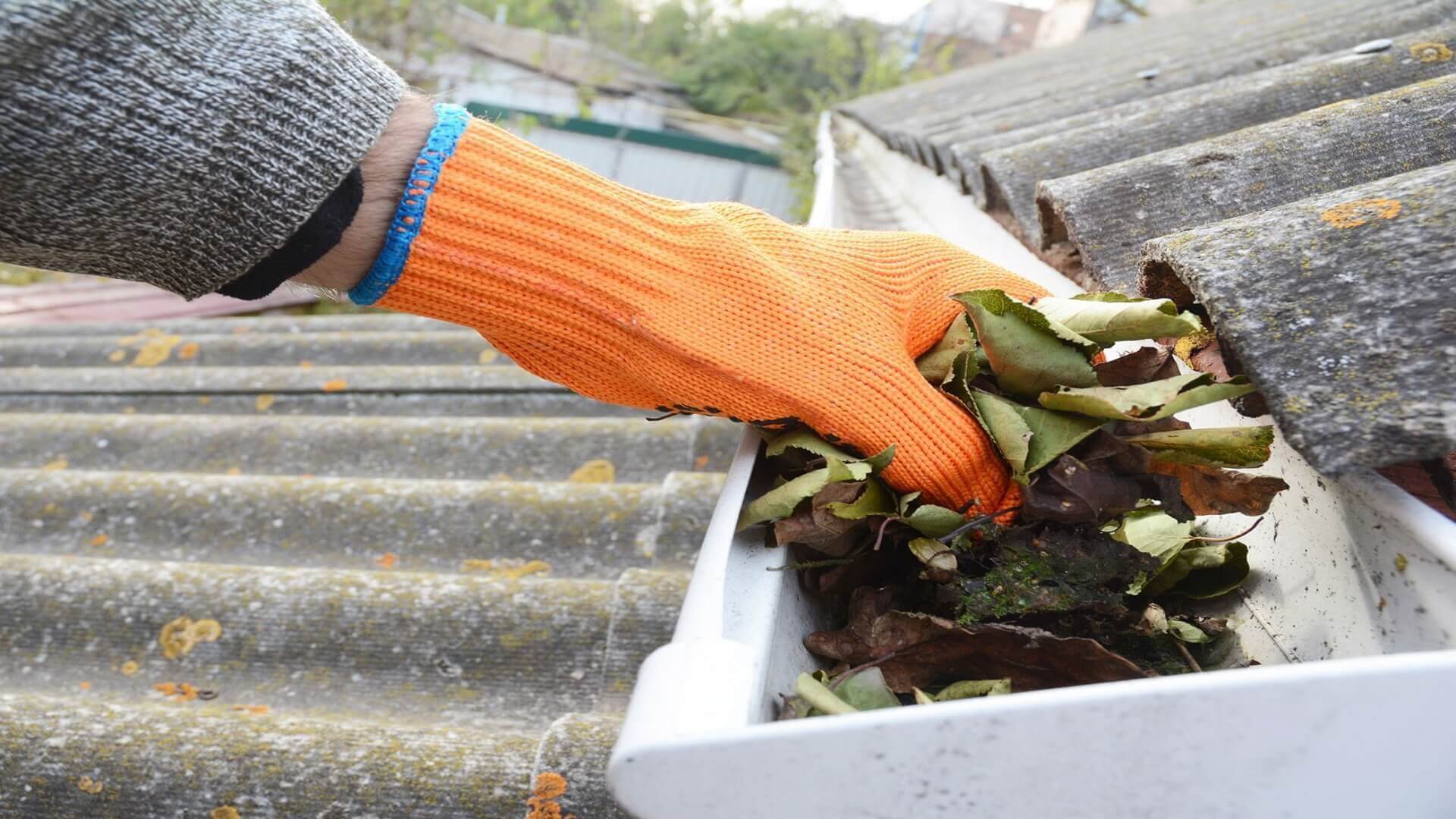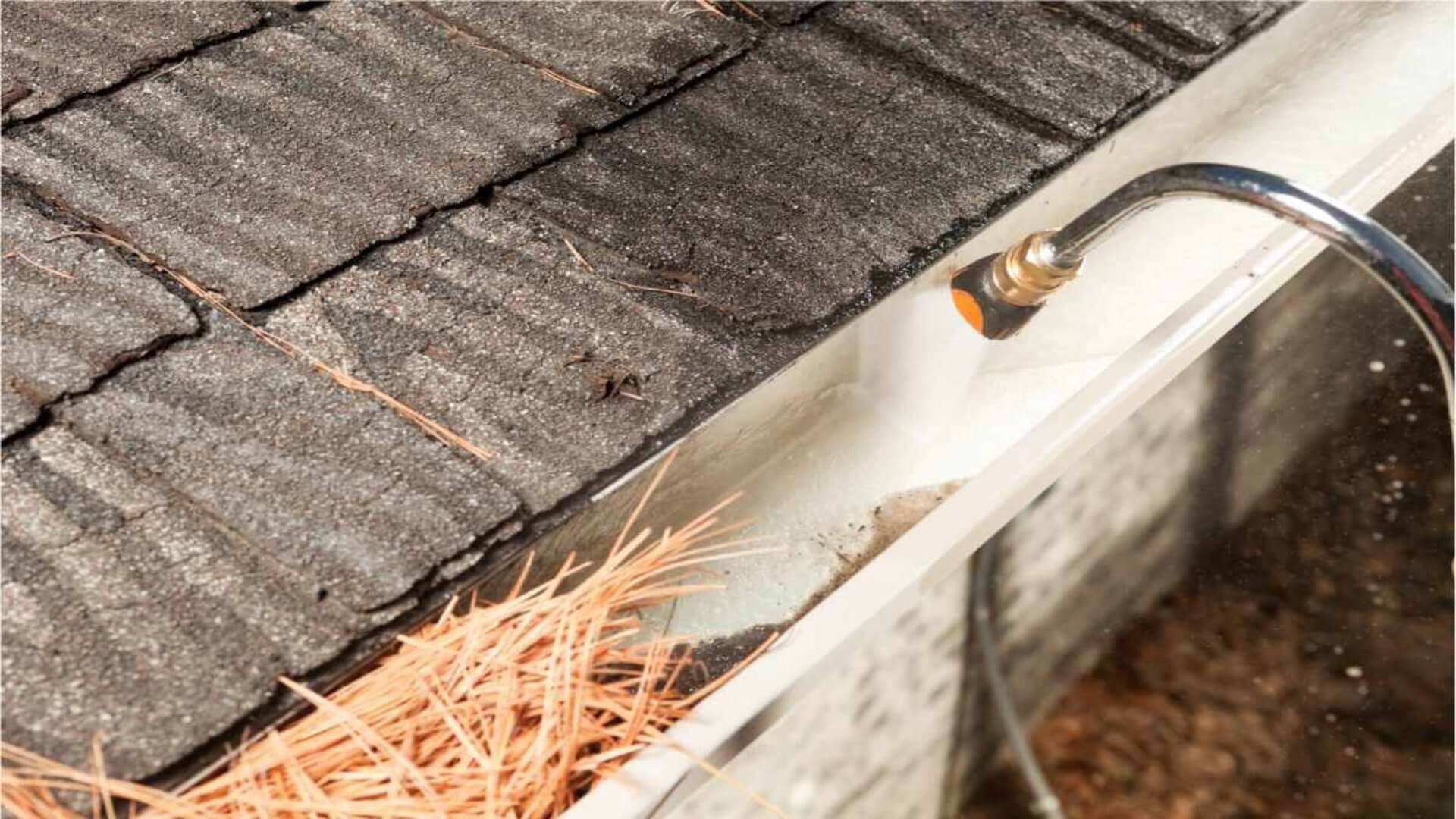Beautiful new gutters expertly installed on your home is exciting. However, gutters require proper maintenance to continue functioning flawlessly, just like any other important home feature. The first step is knowing the optimal cleaning schedule after a gutter installation or gutter replacement project.
Routine cleaning removes your dirty gutters from leaves, sticks, and other debris that can impede water flow. But how often is enough for peak performance without over-maintaining?
The ideal gutter cleaning frequency depends on several factors unique to your home. These include your climate, trees and vegetation near the house, roof size, and gutter materials.
In this article, we’ll provide researched guidelines on establishing a customised cleaning routine for new gutters. You’ll prevent clogs, overflows, and even potential water damage with the proper maintenance schedule. Let’s start optimising your new gutter system’s longevity and rainwater management!
Why Regular Gutter Cleaning Matters
Gutters provide an essential function – directing rainwater safely away from your home’s foundation. But when gutters become clogged with leaves, sticks, moss, and other debris, they cannot properly collect and drain water.
Instead, water can overflow and spill down exterior walls. This moisture encourages rot, mould, and structural issues over time. Clogged gutters also force rainwater to pool near the foundation, increasing erosion and leakage risks.

By cleaning gutters regularly, you remove accumulated debris so rainwater can flow freely to downspouts. This minimises overflow issues, which can lead to water seepage and expensive home repairs. Like any critical home system, gutters need periodic maintenance to work effectively.
Factors That Influence Cleaning Frequency
When establishing a more frequent gutter cleaning routine, the most crucial factor is your home’s unique characteristics. Several factors will determine how often you should clean your gutters. The ideal schedule can vary significantly based on climate, roof style, vegetation, etc. Getting the timing and frequency right prevents over or under-maintenance.
Climate and Weather Patterns
Homes in four-season climates must be cleaned in fall, winter, spring, and summer as debris levels and risks change. Areas with frequent rainfall may require cleaning more often to prevent overflow issues, while dry climates may only need occasional cleaning. Adjust the frequency based on your region’s weather patterns.
Surrounding Trees and Vegetation
Trees drop leaves, seeds, flower petals, and twigs into gutters. Homes surrounded by mature trees need more frequent cleaning than open properties. Evergreen needles can also quickly accumulate. Trim overhanging branches to minimise debris.

Roof Style and Pitch
Steeply pitched roofs drop more debris into gutters than shallow ones. Multi-level roofs also capture more leaves and require meticulous cleaning to prevent clogs in valleys. Account for all roof lines needing drainage.
Gutter Type and Size
How big your home is will influence gutter cleaning costs. Some gutter styles, like box gutters, are more prone to clogging than others. Larger gutters can handle more debris but still require regular gutter maintenance. Follow manufacturer guidelines for your specific gutter types.
Roofing Material
Slick metal roofs allow leaves to slide off into gutters easily. Shingles have more friction, helping debris remain on the roof longer before accumulating in gutters.
Recommended Cleaning Schedule
Once you understand the unique factors that impact debris build-up in your home, you can determine an optimal gutter cleaning routine. While exact timing will depend on your circumstances, these general timeframes help keep new gutters functioning flawlessly.
Right after Installation
Brand new gutters should be cleaned immediately after professional installation is complete. Construction debris like shavings and sealant leftovers must be cleared before using the system. Also, check for potential blockages at the seams. This post-installation cleaning ensures proper water flow from day one.
Seasonally
The four seasons bring different types and amounts of debris. Schedule cleanings at the end of fall, winter, spring, and summer. Fall is critical for removing fallen leaves before winter rains arrive. Evergreen needles accumulate more during winter. Spring pollen and blossoms can clog gutters—clear summer debris to minimise decaying organic matter.
Monthly
Month-to-month cleanings may be ideal for homes near trees and in four-season climates. Monthly maintenance catches debris before primary blockages form—time cleanings after peak debris times like tree pollination or leaf drop. Consistent monthly care may allow for a reduction to quarterly in drier months.

As Needed After Storms
Heavy winds and rainstorms bring increased debris. Even if you do routine cleaning, inspect and clear gutters after severe weather. Leaves and sticks can quickly amass after storms. A good post-storm cleaning prevents immediate issues.
Check gutters during rain storms during the first year to observe problem areas prone to overflowing. Getting your gutters cleaned at least twice a year would be best. Then, fine-tune your schedule based on real-world debris accumulation patterns over time. With some trial and error, you’ll find your ideal routine.
Signs It’s Time for a Gutter Cleaning
Refrain from guessing when it comes to scheduling gutter cleanings. Look for these clear signs it’s time to maintain your rainwater system.
Overflowing gutters that spill water down the side of your home indicate clogs. Spotting standing puddles near the foundation also means debris is blocking proper drainage.

A heavy build-up of leaves, needles, or moss visible in gutters signals that it’s time for cleaning. Splash blocks buried under dirt and grass clippings can’t effectively divert water.
Downspouts that direct water close to the home rather than away require adjustment. If you suddenly see mildew or stains on exterior walls, this may stem from a blocked gutter system. Observing these clues makes maintaining gutters proactively much easier.
How Often Should You Clean Gutters After Installation
Newly installed gutters require more frequent cleaning in the first year. Start cleaning right after your gutters are professionally installed to clear out construction debris.
Then, clean about once monthly during the first year to establish a maintenance routine. More frequent cleanings will be needed during peak debris times, like fall leaf drop or after heavy storms.
You may need to experiment to find the ideal schedule based on trees, climate, roof type and other factors unique to your home. Generally, inspect and clear new gutters at least quarterly each season for the first year. After establishing a regular maintenance plan, you can tweak the frequency in the future based on how quickly your gutters accumulate debris throughout the seasons.
Optimising Your Cleaning Schedule
The key to optimising your cleaning routine is carefully observing debris patterns throughout the first year after professional gutter installation. Take notes on when and where gutters clog most, such as during heavy spring pollen or big autumn leaf drops.
When combining gutter guard and gutter cleaning, you can maintain your gutters and keep them blockage-free. Add the cost of installing gutter guards, which varies depending on the type, to the overall gutter cleaning costs, up to four times the price of a gutter clean depending on the kind of guard, and you could have an expensive maintenance job to deal with.

Schedule thorough cleanings right after these peak debris times to prevent build-up. Routinely check problem areas and make adjustments as needed based on visual inspections.
For example, if you notice heaps of leaves accumulating weekly, target more frequent maintenance in the fall. Also, inspect after every heavy storm and clear any sticks, seeds, or other debris that has washed in. Optimising your schedule takes some trial and error, but staying vigilant in the first year makes maintaining clean gutters much easier in the long term.
Keep Your Gutters Flowing Freely!
Keeping your gutters clear is essential for protecting your home from water damage and expensive repairs. Now that you know the optimal frequency for cleaning newly installed gutters, you can establish an effective maintenance routine.
Remember to account for climate, trees, roof type, and rainfall when tailoring your schedule. While the work may seem daunting, A.I Gutter & Roofing professionals are here to help.
Contact our professional gutter cleaner today to learn about our comprehensive gutter cleaning services and maintenance packages crafted just for your home’s needs. With proactive cleaning from the experts, you can ensure your new gutters function flawlessly for years.




